HANJI DISPLAYED IN ABU DHABI
입력 2022.05.23 (15:01)
수정 2022.05.23 (16:45)
읽어주기 기능은 크롬기반의
브라우저에서만 사용하실 수 있습니다.
[Anchor Lead]
An international exhibition of paper objects from around the world is now open at the Louvre Abu Dhabi in the United Arab Emirates. Beautiful works made from the traditional Korean paper hanji are also on display, attracting attention from visitors.
[Pkg]
Softly-lit windows and warm flooring. Visitors are fascinated by the traditional Korean house, hanok.
[Soundbite] Mathias(Visitor)
This exhibition shows the history and stories of paper, a common material that has been with mankind at every crucial moment of history. Korea presents artworks ranging from clothes to shoes and to hanok to show the daily but versatile use of hanji or Korean traditional paper.
[Soundbite] Mariam Al Muehiri(Curator)
Hanji is emerging as an important material in the global market for restoring cultural relics. Hanji was used in repairing a ninth century edition of the Quran and a desk owned by Emperor Maximilian II.
[Soundbite] Xavier Salmon(Director, Musée du Louvre) : "Hanji is very durable and it's not easily changed by the environment and does not cause damage to artworks."
Japanese paper was used in over 99 percent of cultural asset restoration efforts around the world.
[Soundbite] Kim Min-jung(Cultural Asset Restorer) : "Focus shifted from Japan’s washi to Korea’s hanji when Ariane de La Chapelle at the Louvre was carrying out the restoration project 'Yesterday’s Paper for Tomorrow."
Noting hanji’s durability and strength, the Louvre plans to actively use the Korean paper for repairing cultural relics.
An international exhibition of paper objects from around the world is now open at the Louvre Abu Dhabi in the United Arab Emirates. Beautiful works made from the traditional Korean paper hanji are also on display, attracting attention from visitors.
[Pkg]
Softly-lit windows and warm flooring. Visitors are fascinated by the traditional Korean house, hanok.
[Soundbite] Mathias(Visitor)
This exhibition shows the history and stories of paper, a common material that has been with mankind at every crucial moment of history. Korea presents artworks ranging from clothes to shoes and to hanok to show the daily but versatile use of hanji or Korean traditional paper.
[Soundbite] Mariam Al Muehiri(Curator)
Hanji is emerging as an important material in the global market for restoring cultural relics. Hanji was used in repairing a ninth century edition of the Quran and a desk owned by Emperor Maximilian II.
[Soundbite] Xavier Salmon(Director, Musée du Louvre) : "Hanji is very durable and it's not easily changed by the environment and does not cause damage to artworks."
Japanese paper was used in over 99 percent of cultural asset restoration efforts around the world.
[Soundbite] Kim Min-jung(Cultural Asset Restorer) : "Focus shifted from Japan’s washi to Korea’s hanji when Ariane de La Chapelle at the Louvre was carrying out the restoration project 'Yesterday’s Paper for Tomorrow."
Noting hanji’s durability and strength, the Louvre plans to actively use the Korean paper for repairing cultural relics.
■ 제보하기
▷ 카카오톡 : 'KBS제보' 검색, 채널 추가
▷ 전화 : 02-781-1234, 4444
▷ 이메일 : kbs1234@kbs.co.kr
▷ 유튜브, 네이버, 카카오에서도 KBS뉴스를 구독해주세요!
- HANJI DISPLAYED IN ABU DHABI
-
- 입력 2022-05-23 15:01:28
- 수정2022-05-23 16:45:06
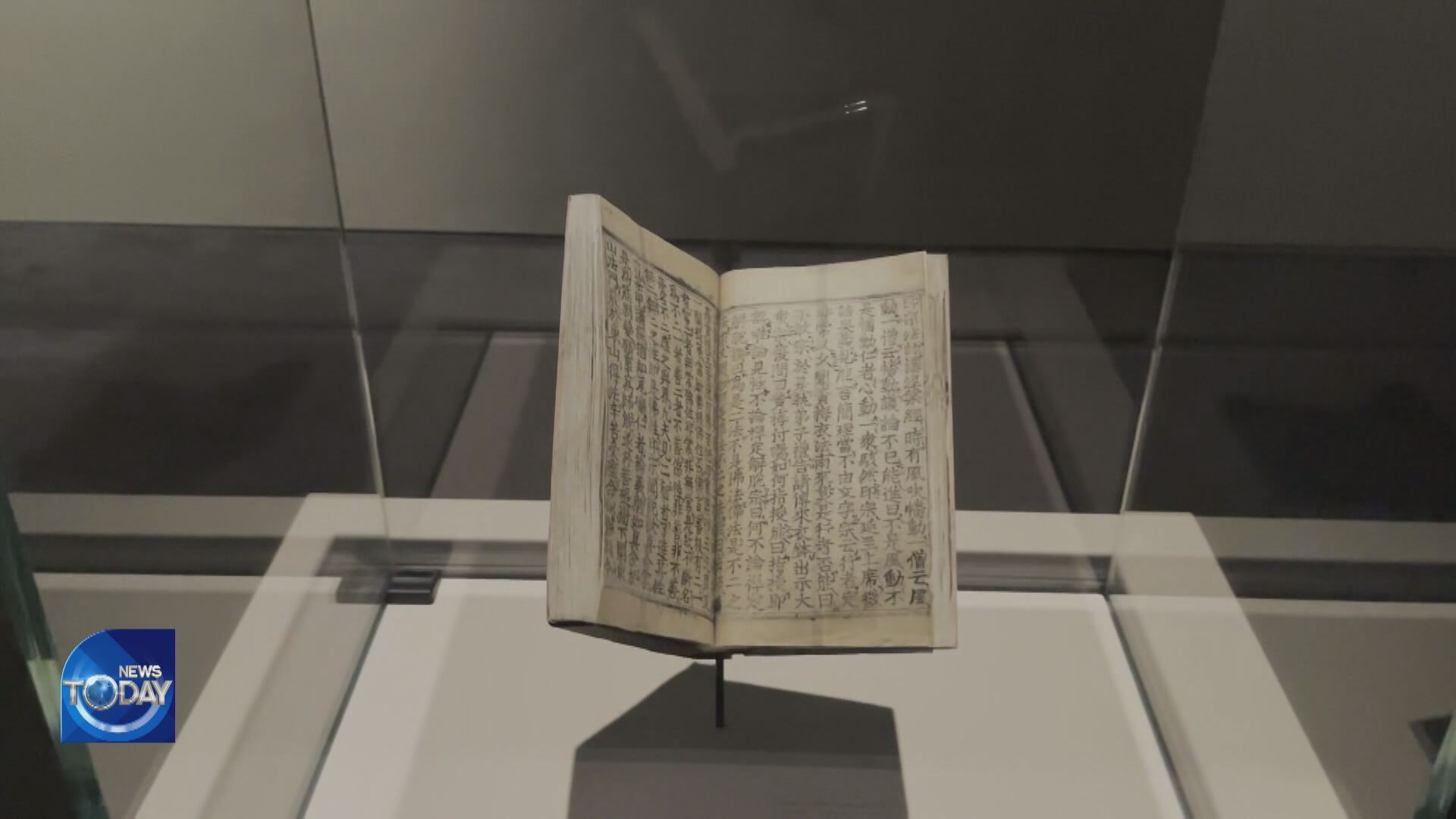
[Anchor Lead]
An international exhibition of paper objects from around the world is now open at the Louvre Abu Dhabi in the United Arab Emirates. Beautiful works made from the traditional Korean paper hanji are also on display, attracting attention from visitors.
[Pkg]
Softly-lit windows and warm flooring. Visitors are fascinated by the traditional Korean house, hanok.
[Soundbite] Mathias(Visitor)
This exhibition shows the history and stories of paper, a common material that has been with mankind at every crucial moment of history. Korea presents artworks ranging from clothes to shoes and to hanok to show the daily but versatile use of hanji or Korean traditional paper.
[Soundbite] Mariam Al Muehiri(Curator)
Hanji is emerging as an important material in the global market for restoring cultural relics. Hanji was used in repairing a ninth century edition of the Quran and a desk owned by Emperor Maximilian II.
[Soundbite] Xavier Salmon(Director, Musée du Louvre) : "Hanji is very durable and it's not easily changed by the environment and does not cause damage to artworks."
Japanese paper was used in over 99 percent of cultural asset restoration efforts around the world.
[Soundbite] Kim Min-jung(Cultural Asset Restorer) : "Focus shifted from Japan’s washi to Korea’s hanji when Ariane de La Chapelle at the Louvre was carrying out the restoration project 'Yesterday’s Paper for Tomorrow."
Noting hanji’s durability and strength, the Louvre plans to actively use the Korean paper for repairing cultural relics.
An international exhibition of paper objects from around the world is now open at the Louvre Abu Dhabi in the United Arab Emirates. Beautiful works made from the traditional Korean paper hanji are also on display, attracting attention from visitors.
[Pkg]
Softly-lit windows and warm flooring. Visitors are fascinated by the traditional Korean house, hanok.
[Soundbite] Mathias(Visitor)
This exhibition shows the history and stories of paper, a common material that has been with mankind at every crucial moment of history. Korea presents artworks ranging from clothes to shoes and to hanok to show the daily but versatile use of hanji or Korean traditional paper.
[Soundbite] Mariam Al Muehiri(Curator)
Hanji is emerging as an important material in the global market for restoring cultural relics. Hanji was used in repairing a ninth century edition of the Quran and a desk owned by Emperor Maximilian II.
[Soundbite] Xavier Salmon(Director, Musée du Louvre) : "Hanji is very durable and it's not easily changed by the environment and does not cause damage to artworks."
Japanese paper was used in over 99 percent of cultural asset restoration efforts around the world.
[Soundbite] Kim Min-jung(Cultural Asset Restorer) : "Focus shifted from Japan’s washi to Korea’s hanji when Ariane de La Chapelle at the Louvre was carrying out the restoration project 'Yesterday’s Paper for Tomorrow."
Noting hanji’s durability and strength, the Louvre plans to actively use the Korean paper for repairing cultural relics.
이 기사가 좋으셨다면
-
좋아요
0
-
응원해요
0
-
후속 원해요
0










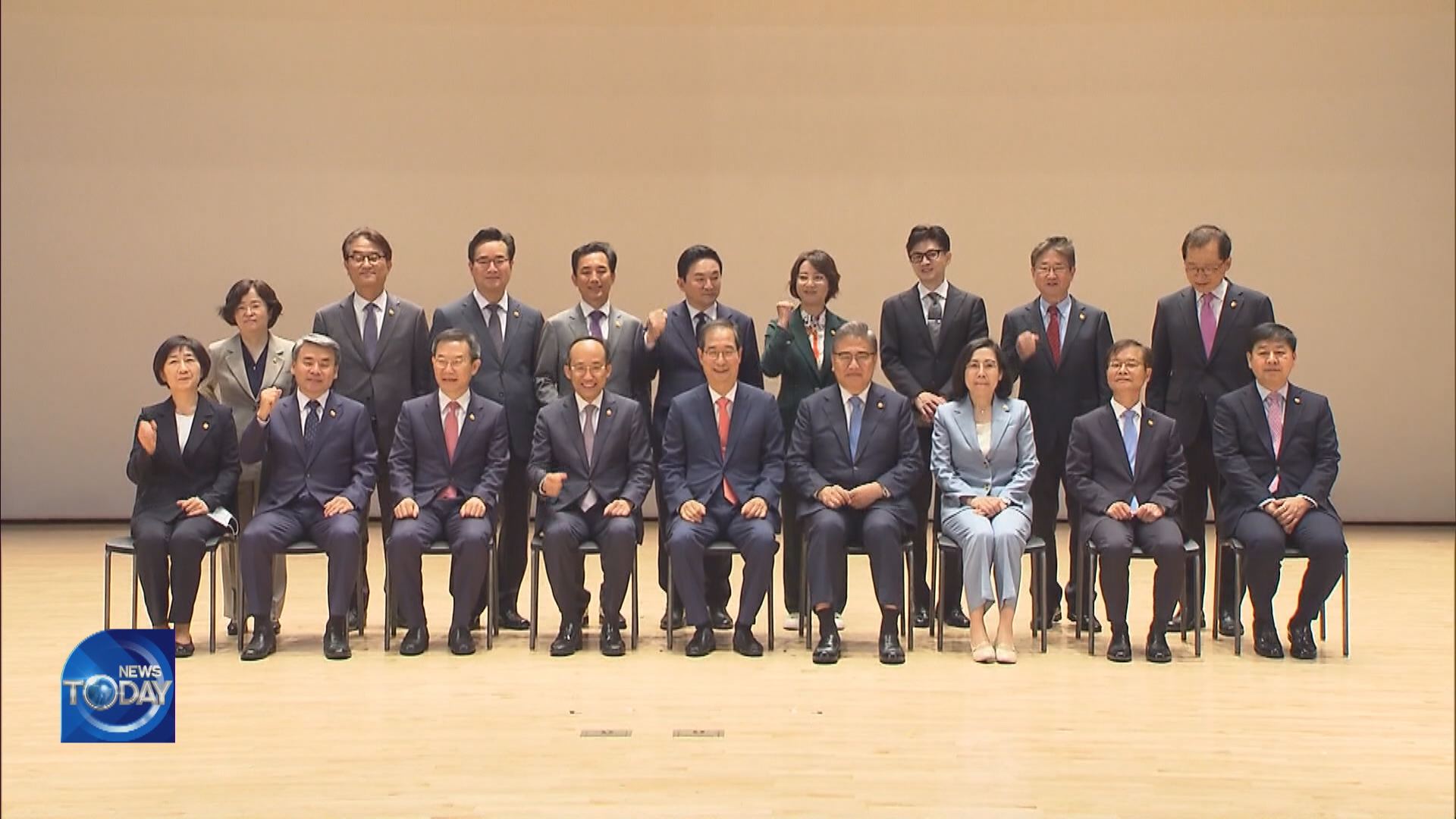


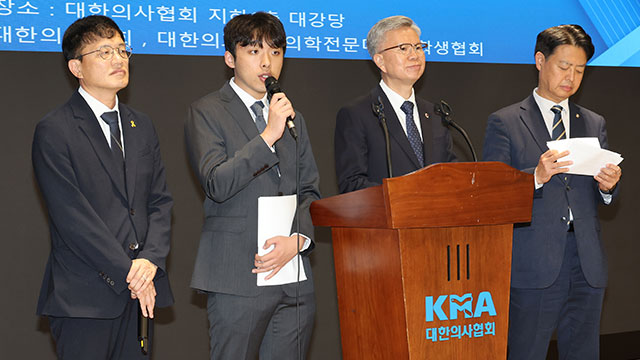
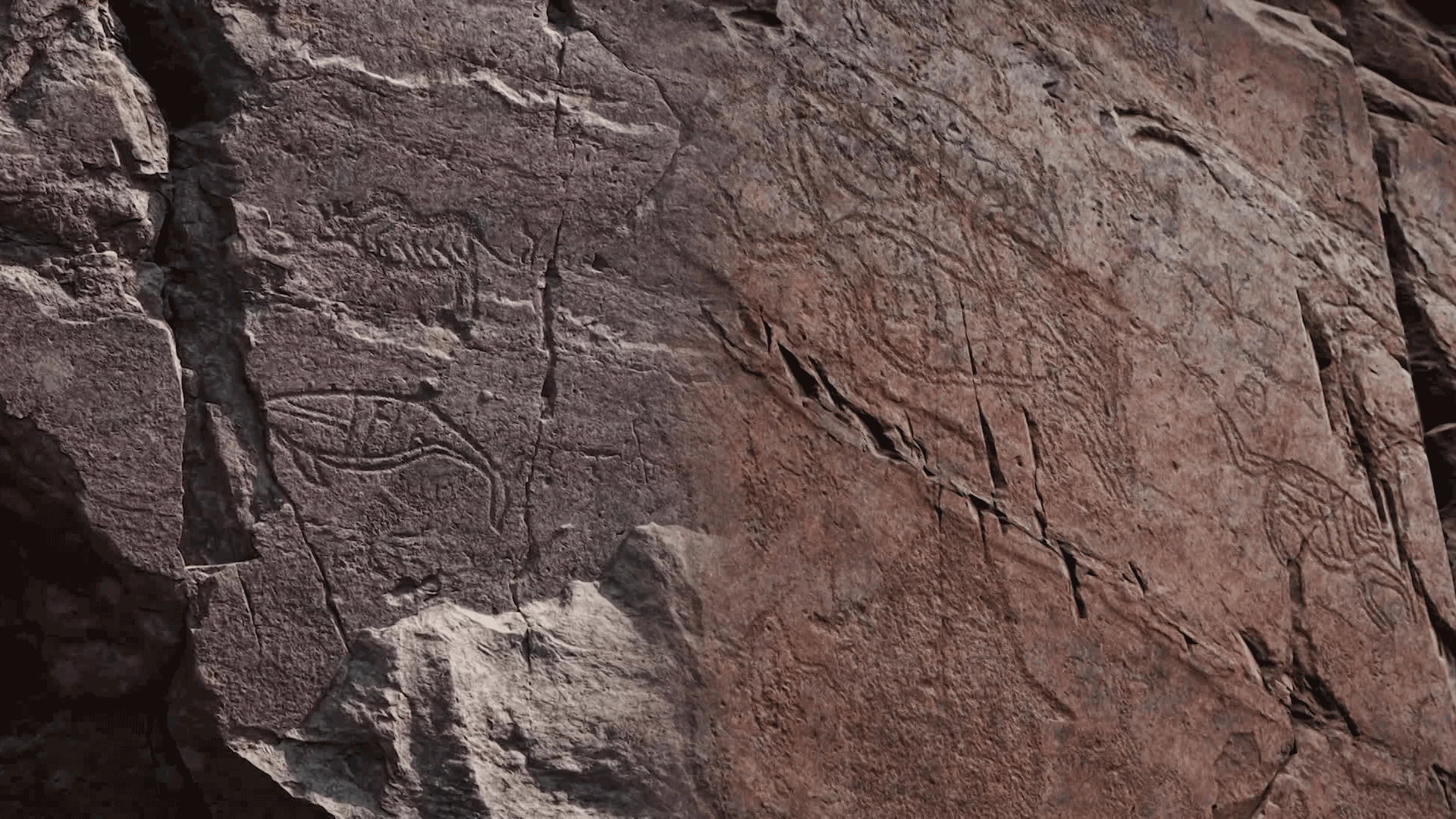
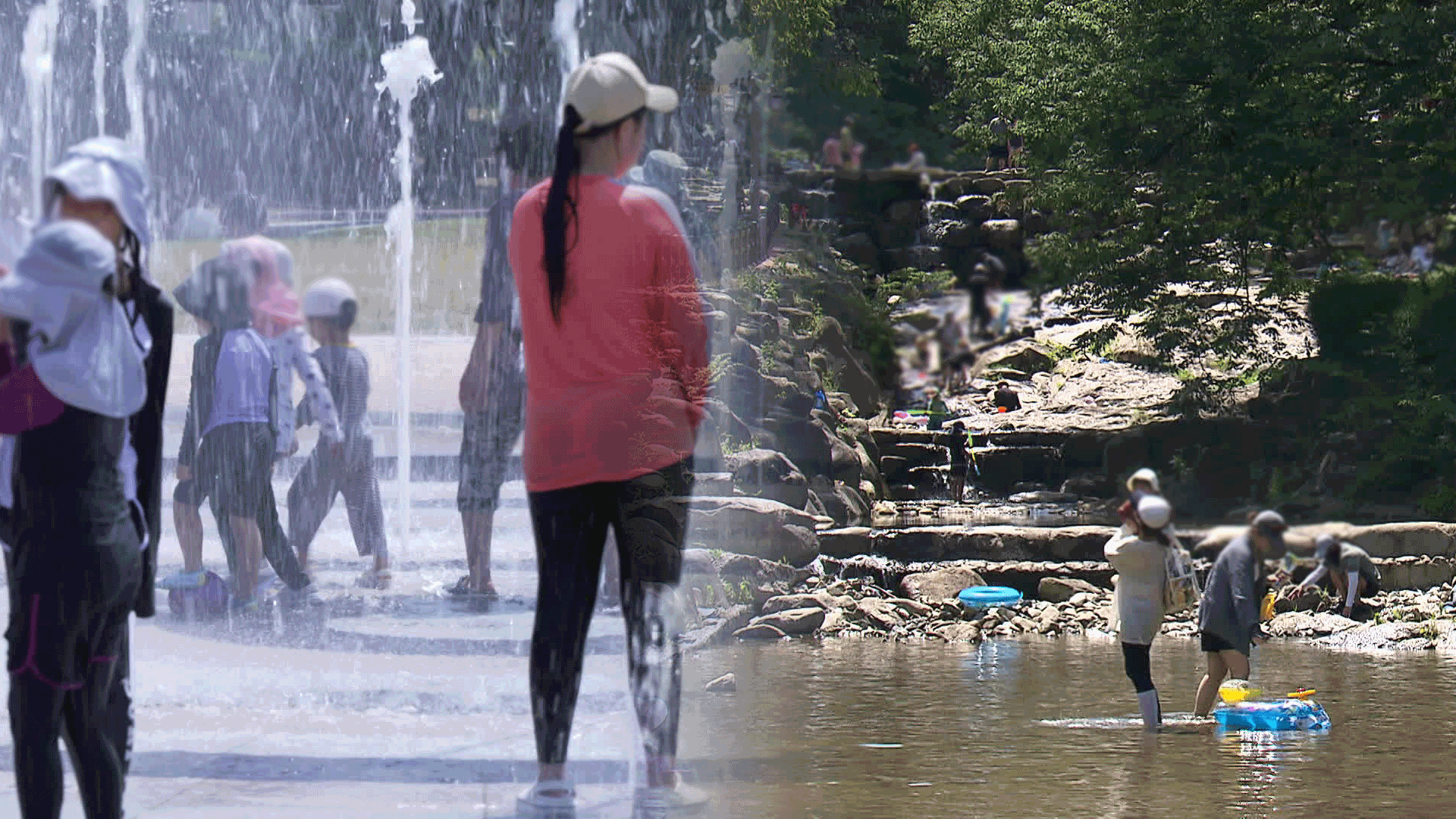

이 기사에 대한 의견을 남겨주세요.